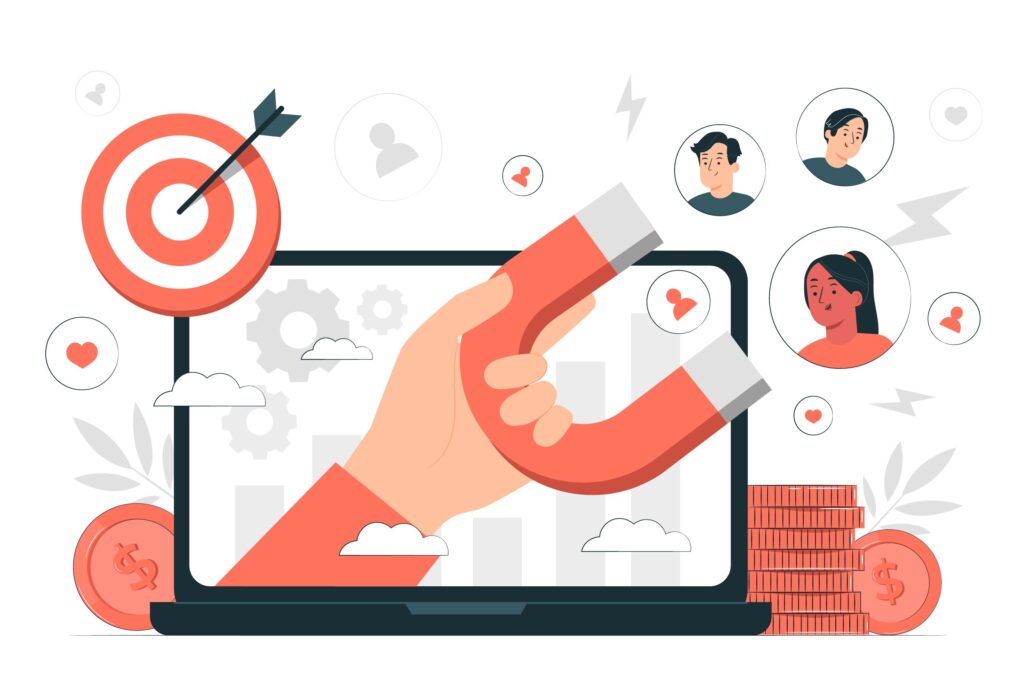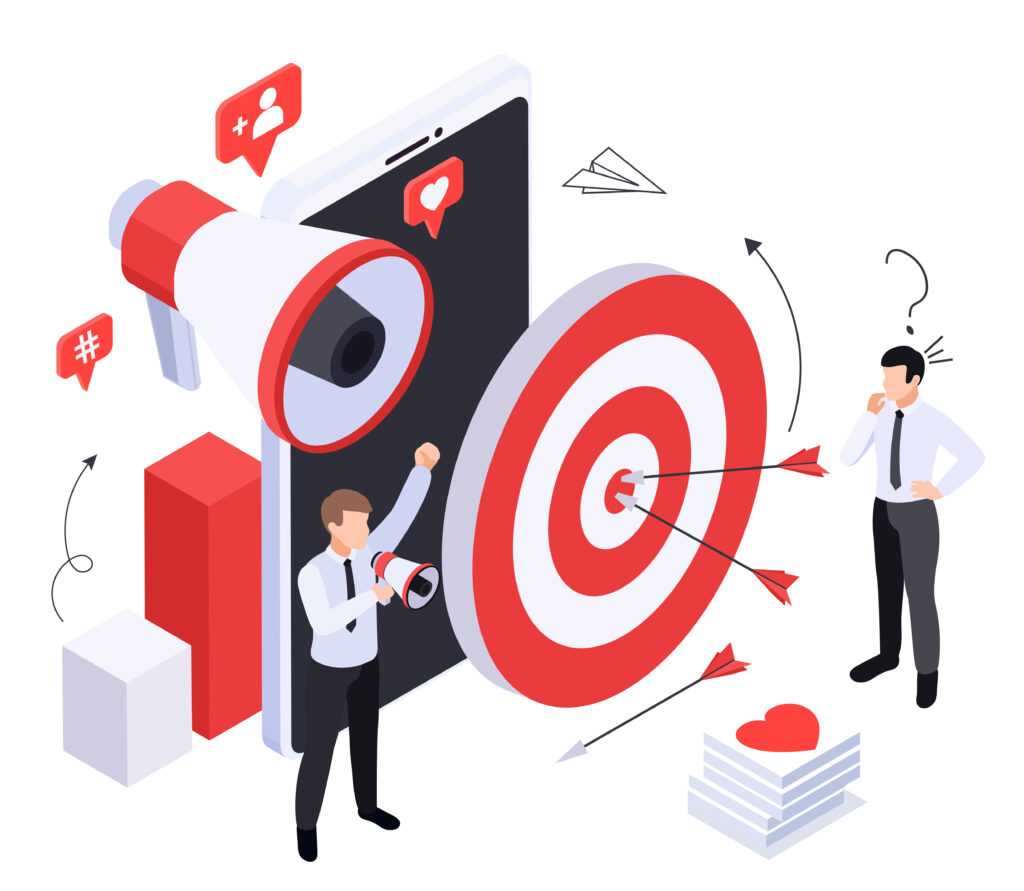Introduction to Lead Generation and Why It Matters
Ever wondered how businesses attract customers who are genuinely interested in their products or services? That’s where lead generation plays a crucial role.
Picture walking into a store where every product aligns perfectly with your preferences—your favorite brands, the items you’ve been eyeing, and special discounts designed just for you. Similarly, in the digital space, lead generation enables businesses to connect with the right audience, spark their interest, and turn them into loyal customers.
If you’re new to this concept, no worries! This guide will explain what lead generation is, why it matters, and how you can use it to grow your business successfully.
What is Lead Generation?
Lead generation involves attracting potential customers and capturing their interest in your product or service. Rather than marketing to a broad audience, businesses focus on individuals who are already interested, which ultimately makes conversions more seamless.
Think of it like fishing. Instead of casting a wide net, you use the perfect bait to attract only the right fish.
Some common lead generation methods include:
- A visitor filling out a contact form on a website
- Someone signing up for a free trial
- A person downloading an eBook or registering for a webinar
- A potential customer engaging with a social media ad
The main objective is to engage with individuals who are most likely to convert into customers and seamlessly lead them through the buying journey.

Types of Leads (Not All Leads Are Equal!)
Not every visitor who engages with your business is immediately ready to make a purchase. Instead, leads can be categorized based on their level of interest and interaction.
1. Marketing Qualified Leads (MQLs)
- 📌 These individuals have engaged with your marketing efforts but are not yet prepared to buy.
- 📌 Example: Someone downloads a free eBook but doesn’t immediately contact your sales team.
2. Sales Qualified Leads (SQLs)
- 📌 These leads have demonstrated a strong intent to buy and are prepared for direct sales engagement.
- 📌 Example: Someone requests a product demo or inquires about pricing.
3. Product Qualified Leads (PQLs)
- 📌 These are users who have experienced your product; as a result, they are likely to upgrade or make a purchase.
- 📌 Example: A person signs up for a free trial and actively uses premium features.
By understanding these types, businesses can prioritize high-potential leads rather than wasting efforts on those with little interest.

How Does Lead Generation Work?
Generating leads involves several crucial steps. It’s more than just collecting emails—it’s about attracting the right audience and nurturing them until they are ready to buy.
Step 1: Attract Potential Customers
Lead generation begins with capturing the attention of the target audience. Businesses achieve this through popular strategies such as:
- ✅ SEO & Blogging – Writing informative content to rank higher on Google
- ✅ Social Media Marketing – Engaging with audiences on platforms like Facebook, LinkedIn, and Instagram
- ✅ Paid Advertising – Running targeted ads on Google and social media
- ✅ Content Marketing – Providing valuable resources like case studies and infographics
Step 2: Capture Their Information
Once visitors show interest, the next step is to collect their details. Effective techniques include:
- 📌 Web Forms – Offering valuable content (like a free guide) in exchange for their email
- 📌 Live Chat – Using chatbots or real-time conversations to capture leads
- 📌 Call-to-Action (CTA) Buttons – Encouraging visitors to sign up, book a demo, or get a quote
Step 3: Nurture Your Leads
Consequently, not all leads convert immediately. Therefore, businesses need to build trust and nurture relationships through:
- 📩 Email Marketing – Sending personalized messages with valuable insights and offers
- 📞 Follow-ups – Keeping leads engaged with timely check-ins
- 🎯 Retargeting Ads – Reminding potential customers about your product or service
Step 4: Convert Leads into Customers
When a lead is ready, the sales team steps in to close the deal. This process often includes:
- 💬 Product Demonstrations – Showcasing how the solution benefits the customer
- 📑 Handling Objections – Addressing concerns and answering questions
- 🛒 Closing the Sale – Finalizing contracts and processing payments
Instead of rushing leads into making a purchase, businesses should focus on building trust and providing value before pushing for a sale.

Best Lead Generation Strategies (Proven & Effective!)
- 🚀 Content Marketing – Create valuable blogs, guides, and case studies to attract leads.
- 🚀 SEO Optimization – Optimize your website for better search engine rankings.
- 🚀 Social Media Ads – Run targeted ads to reach the right audience.
- 🚀 Email Marketing – Keep potential customers engaged with personalized updates.
- 🚀 Referral Programs – Encourage existing customers to refer new leads.

Why Lead Generation is a Game-Changer
Still wondering why lead generation is crucial for business success? Here’s why:
- ✅ Increased Sales Opportunities – More leads mean higher chances of closing deals.
- ✅ Efficient Use of Resources – Businesses focus on high-quality prospects rather than random outreach.
- ✅ Stronger Customer Relationships – Engaging with potential buyers early builds trust and credibility.
- ✅ Business Growth – A steady flow of leads ensures continuous revenue generation.
Final Thoughts
Lead generation is the backbone of any successful business. If you’re not actively working on it, you’re missing out on valuable opportunities.
Therefore, by leveraging effective strategies such as SEO, content marketing, targeted outreach, social media engagement, email campaigns, and automation, you can attract high-quality leads that ultimately convert into loyal customers, driving long-term business growth.
And the best part? You don’t have to do it all manually.
TGM Infotech Pvt. Ltd. introduces Lead2Sales, a powerful CRM designed to help businesses capture, track, and manage leads effortlessly. Whether you’re a startup or an established brand, Lead2Sales automates your lead generation process, making conversions smoother than ever.
🚀 Ready to boost your lead generation? Contact us today and take your business to the next level!
The Top 10 Lead Generation Strategies That Work in 2025


Really helpfull post!